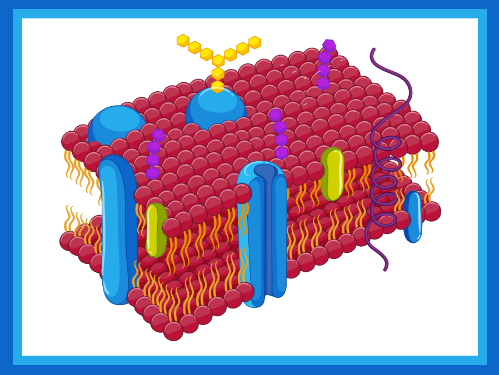Tight junctions (TJ) are named according to their classical function to seal the cleft between epithelial and endothelial cells against unwanted passage of solutes and water. The main protein families of the TJ are claudins, TJ-associated MARVEL proteins (TAMP, including occludin and tricellulin), junctional adhesion molecules (JAM), and angulins, most of which are connected to the cytoskeleton via adapters such as zonula occludens (ZO) proteins. TJ proteins do not only form barriers but, in contrast, some constitute paracellular ion or water channels. The first molecular structures of claudins and models of TJ channel pores are published. This entry collection aims to provide further insight into the complex machinery of the development and control of tissue formation and cell differentiation.
- 984
- 31 Oct 2024
- 1.7K
- 15 May 2023
- 1.5K
- 04 May 2023
- 1.6K
- 20 Apr 2023
- 1.7K
- 23 Feb 2023
- 2.3K
- 13 Feb 2023
- 1.4K
- 06 Jan 2023
- 3.3K
- 11 Oct 2022
- 2.0K
- 27 May 2022
- 1.9K
- 07 May 2022

